Sanofi said during a second quarter earnings call on Tuesday morning that it expects to return to growth in the second half of 2018.Yet, the performance for the year so far wasn’t very encouraging — sales for the half were down slightly on a constant exchange rate (CER) basis to about 16 billion euros ($18.7 billion).After paying about $16 billion to acquire Biovertiv and Ablynx earlier this year, the company said on Tuesday that M&A is not a priority in the short-term, but that it will continue to look for assets that could be a good fit to the pipeline.
Sanofi CEO Olivier Brandicourt has promised a return to growth, but the second quarter did not show signs of that. Only two of the company’s five units grew during the quarter on a CER basis, with Sanofi Genzyme, the rare disease unit, and the consumer health business showing signs of life. General medicines and emerging markets, as well as the Sanofi Pasteur vaccines business and the cardio and diabetes franchise all showed year-over-year declines.
The French pharma is depending on the growth of its new immunology and rare blood disorder franchises that fall under the Sanofi Genzyme umbrella, which grew by more than 30% to 1.8 billion euros. The company had a favorable partnership with Regeneron Pharmaceuticals that gave it two new potential blockbusters: the rheumatoid arthritis drug Kevzara (sarilumab) and the eczema drug Dupixent (dupilumab).
Sanofi expects to submit Dupixent to the Food and Drug Administration in the third quarter for an indication in adolescents with atopic dermatitis. Sanofi execs said on the call that physicians have shown interest in the drug. As for Kevzara, Brandicourt emphasized that the IL-6 inhibitor class is starting to make a dent in the TNF inhibitor market.
The rare blood disorder franchise also contributed to the growth of the unit, bringing in about 257 million euros. Sanofi acquired that franchise in its acquisition of the Biogen spinoff Bioverativ.
But analysts were more interested in Sanofi’s stance on pricing. The French pharma was known for its large price increases in the past, particularly to its once-blockbuster insulin Lantus (insulin glargine). But it also became one of the first companies to limit price increases — promising to keep price increases below the National Health Expenditures growth projections that are determined by the Department of Health and Human Services.
“The past is not reflective of the future, and what it tells you is that a company like ours has seen the light coming, maybe a little sooner than the others, despite the fact that price increases were satisfying shareholders in the past,” said Brandicourt on the call.
“The benefit you are getting from those price increases on your net price has diminished tremendously,” he added. “Payers have put restrictions in their contracts on some of those price increases. So I think … the power is shifting to payers in the U.S. marketplace. It needed a transformation and change in policy at the company level, and it’s exactly what we did ahead of everybody else. It remains a very good policy. We said we wanted to justify our prices at launch and there is so much scrutiny of prices, even at launch, before even talking about increases. We don’t want to be ashamed of our prices at launch anywhere in the world.”
Brandicourt noted that the pricing environment is still evolving, particularly in the U.S., and especially with the advent of the government’s pricing blueprint.
“We are advocating that companies trying to limit their price increases on the WAC listing price should one way or another — either the company itself and the patient — should get the benefit of that good policy and behavior, and that has not thematically been the case in the past,” concluded Brandicourt.
Journal For Clinical Studies has a distinguished editorial advisory board providing the best guidelines for global clinical trials. Your resource for Multisite Studies and emerging markets.
Journal For Clinical Studies © 2024, All Rights Reserved – Powered by Teksyte















